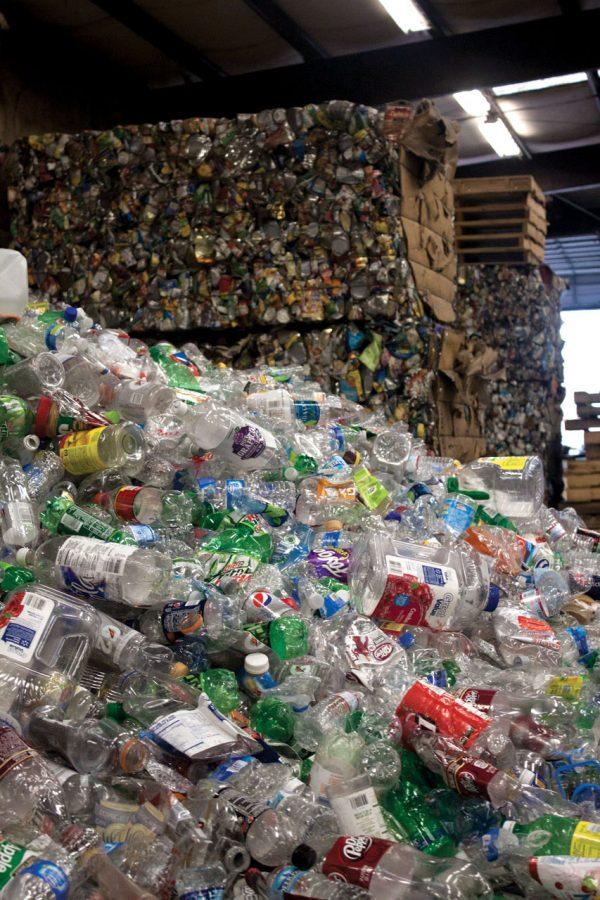Eco-friendly way to be
November 17, 2011
USA Today College recently published an article outlining several ways for college students to save the environment every day. These ideas included going tray-less in the cafeteria, using a reusable water bottle, and walking or riding a bicycle to campus, among other things.
However, one of the biggest, and most obvious, eco-friendly moves college students can make is recycling. The Florence City Recycling Center offers students the opportunity to recycle.
Rachel Mansell, the education and outreach coordinator at the Recycling Center, stated that in 2010 alone, the center processed more than 3,000 tons of recyclable items.
“Students don’t realize that almost anything they use can be recycled,” she said. “We take any paper products, as well as cardboard, which is the most recycled thing in the city. We also take plastic and electronics. Our drop-off is open 24/7 outside the plant.”
A second local option for students is to get involved with Keep the Shoals Beautiful. KTSB sponsors and partners with groups in the community, as well as any student organization or group on campus, for community cleanups and beautification projects. KTSB provides all of the needed supplies, such as garbage bags, recycling bins and gloves, to any group looking to take part in one of these cleanups.
“Students can also get involved and stay eco-friendly just by simply picking up the trash they walk by on campus,” said Judy Keenum, coordinator of KTSB.
A couple of nontraditional and unusual ways to go eco-friendly in college were also published in USA Today College. The first tip is to make an agreement or commitment to “Meatless Mondays.” Almost one-fifth of all the greenhouse gases in the world are produced by the meat industry.
Blackle.com is a search engine powered by Google that uses a black background. By simply using a darker background and Blackle as the primary search engine, students can help individually save up to 750 Megawatt hours per year.












